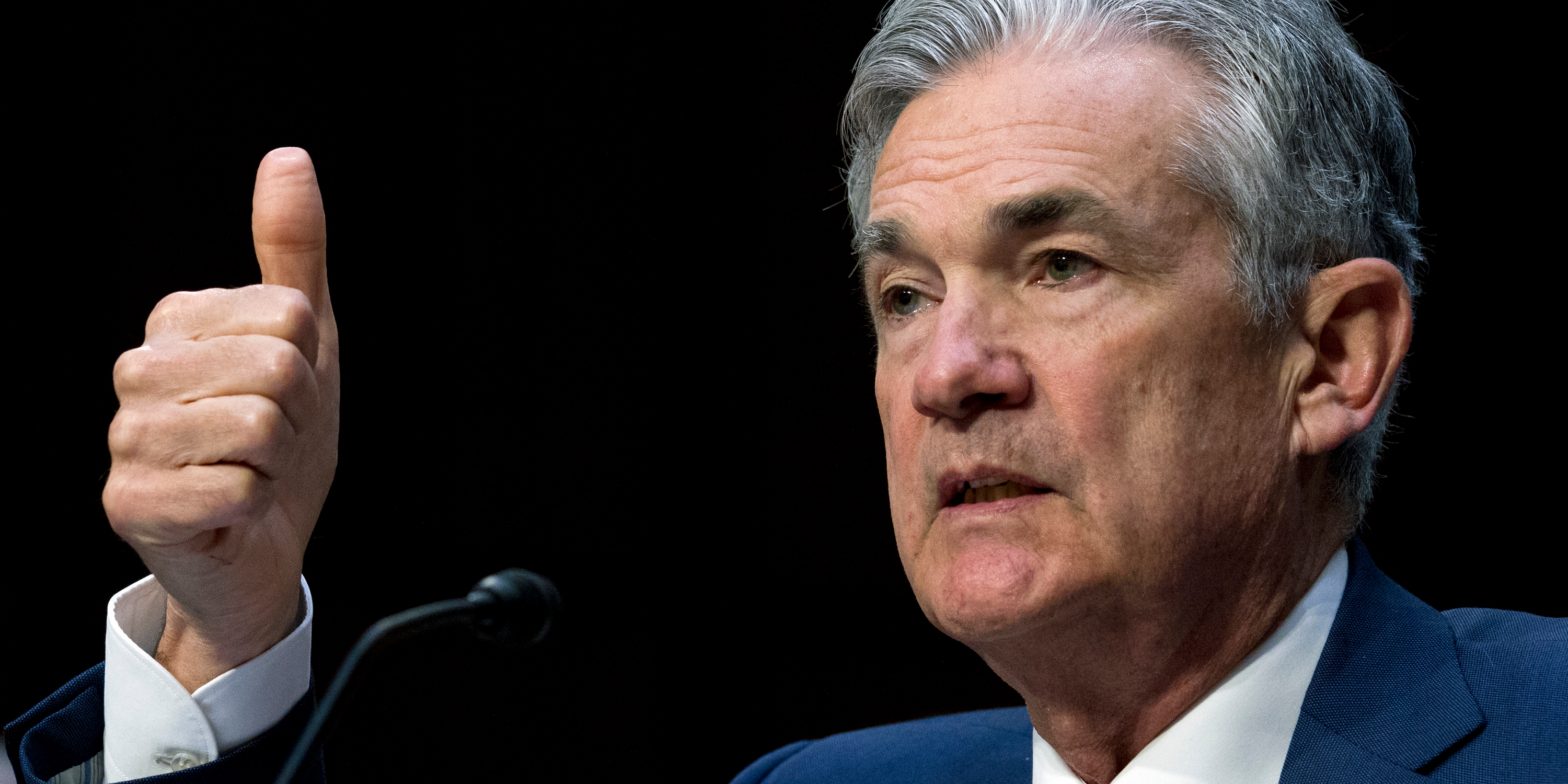Jerome Powell struck a tough tone on Wednesday, but a dovish pivot by the Fed is still likely, Fundstrat says. Head of research Tom Lee said indicators will soon show inflation cooling down. He added the Fed needs to “stop flinching” at rising stock prices. Loading Something is loading.
Thanks for signing up!
Access your favorite topics in a personalized feed while you’re on the go.
A pivot away from the aggressive rate hikes is still coming even after Federal Reserve chair Jerome Powell delivered a surprisingly hawkish speech at this week’s policy meeting, according to Fundstrat.
“Incoming data argues for more two-sided views and argues [a] dovish pivot coming,” the firm’s head of research Tom Lee said, pointing to cooling economic indicators that could soon show softening inflation. That comes after the Fed hiked rates by another 75bp on Wednesday, with Powell stating he didn’t “see the case for real softening just yet,” with inflation, jobs, and housing data still hot.
But real data in the economy often lags behind the official statistics, experts have argued, and some indicators shows those three areas of concern for Powell could start to cool in coming months. Lee pointed to easing prices in commodities and the Purchasing Managers’ Index – which could be reflected in headline CPI figures.
And despite an unexpected 10.72 million job openings reported in September, leading indicators, like service and manufacturing employment, are approaching contractionary levels, according to the Institute of Supply Management survey. That could indicate a weakening job market to soon show up in official statistics – especially with some companies announcing big layoffs to their workforce, Lee said.
Housing is also showing early signs of weakening, with some experts warning the sector could be on the verge of collapse. Powell acknowledged himself that rent prices lag behind the official statistics, and Wharton professor Jeremy Siegel noted that housing prices have plummeted this year, though that won’t show up in CPI figures for around 18 months.
“While the ‘hard data’ may not support a softening in the 3 areas noted by Powell, this is not necessarily how these things will look in a few months,” Lee said. “We think this is just a matter a time before the data syncs up and this will enable [the] Fed to justify its ‘pause.'”
That data could start showing up as soon as the October CPI report due out on November 10. And that means the Fed needs to “stop flinching” at rising stock prices, he added, referring to Powell’s hawkish comments in regards to recent stock gains immediately following the FOMC announcement. Inflation-adjusted figures show the S&P 500 down 25% this year, proving that financial conditions have in fact tightened, Lee said.
Lee has been consistently bullish on the stock market despite persistent rate hikes, previously predicting the S&P 500 to rally 16% by the end of the year. Other top commentators have argued otherwise, with JPMorgan CEO Jamie Dimon warning that stocks could fall by 20% with in a coming recession, and “Dr. Doom” economist Nouriel Roubini warning stocks could plunge as much as 40%.
